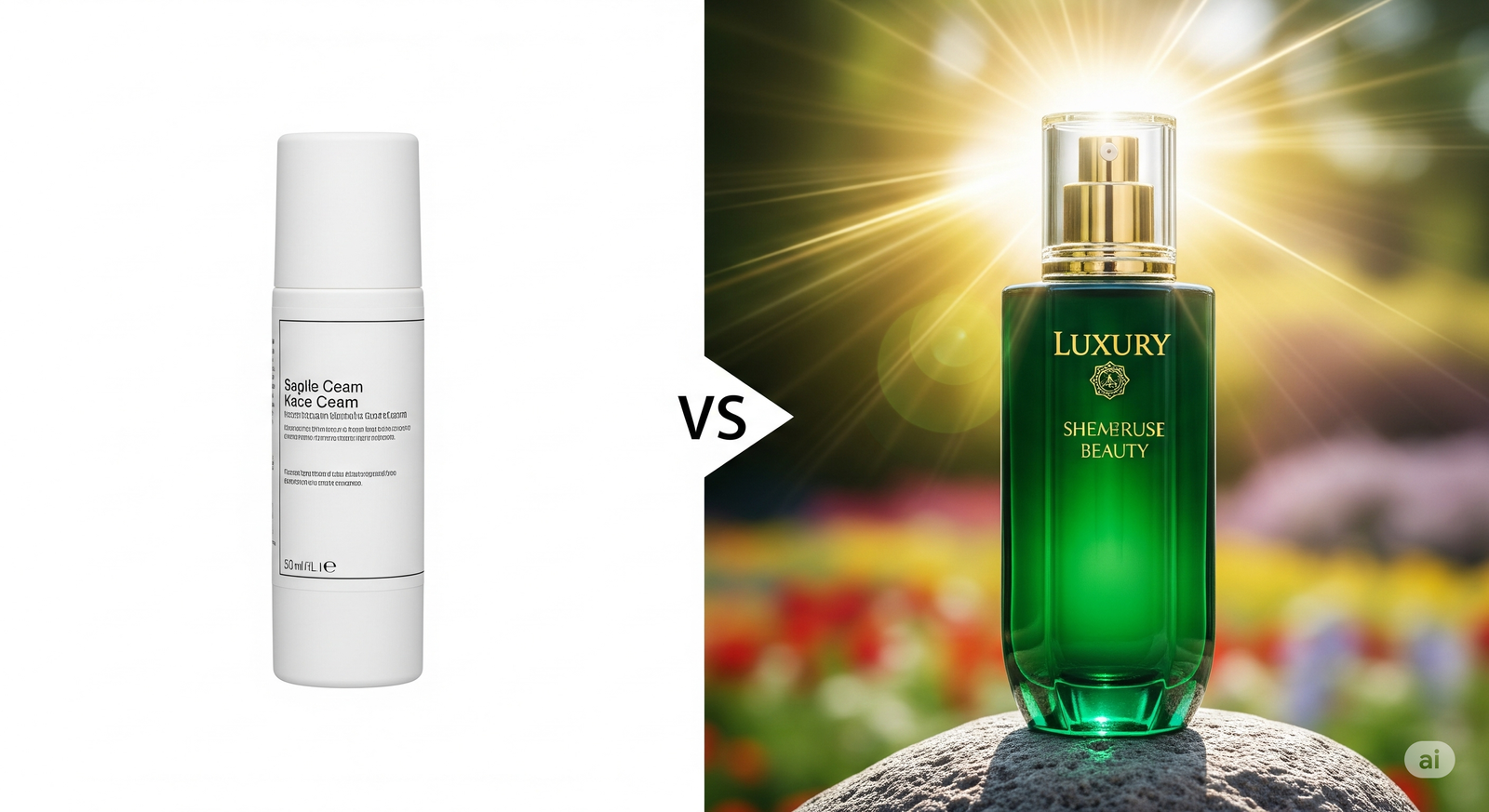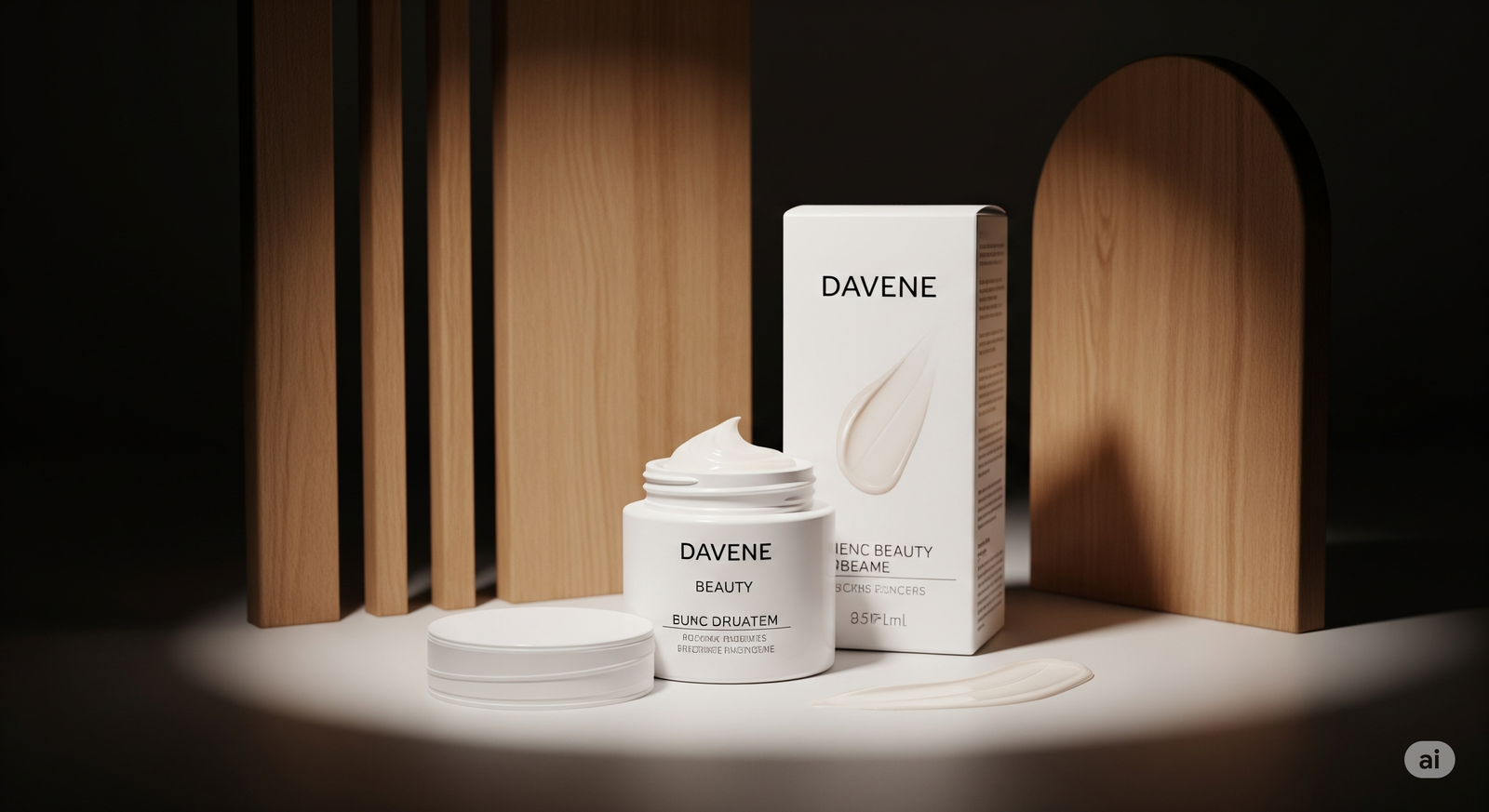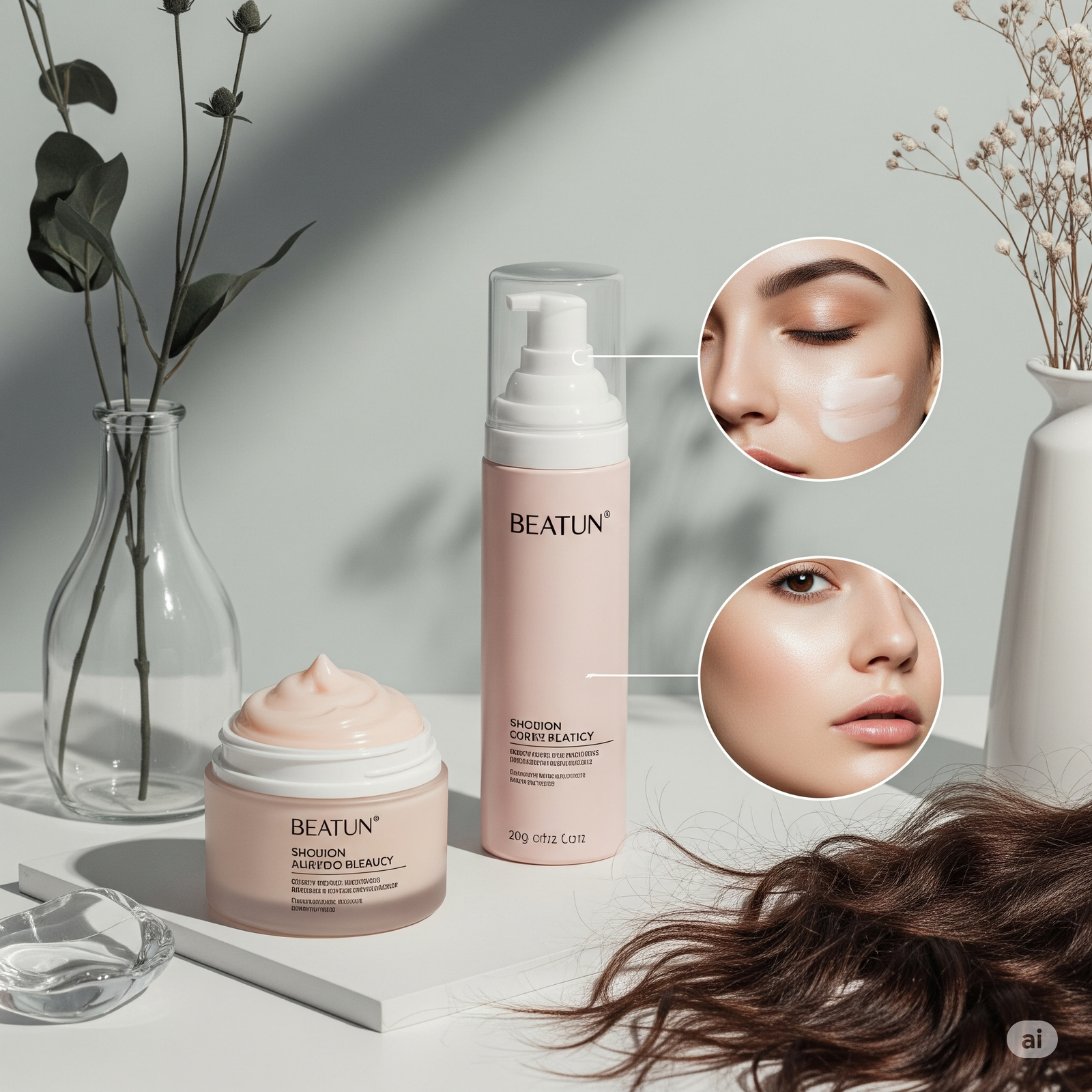Why Your Beauty Product Isn’t Converting? And How Better Visuals Fix That.
Struggling with beauty product low sales? Learn how better visuals boost conversion rate for skincare and fix why your cosmetic product is not selling online.
30 Jun'25
By Niharika Paswan


Why Your Beauty Product Isn’t Converting? And How Better Visuals Fix That.
You’ve launched the product. Pushed it on social. Ran ads. Updated the PDP. But the sales? Not adding up. If you're sitting on a beautifully formulated serum or a gorgeously packaged blush that just won't move, you're not alone.
One of the most frustrating pain points in beauty marketing today is this: you know your product is good, but the conversion rate for skincare or makeup isn’t matching that quality. You’re tracking low clicks, low adds to cart, and even lower purchases.
And more often than not, the issue isn’t your price. It isn’t your formula. It’s your visuals.
In a saturated beauty market where every scroll brings 20 other lip oils or cleansers, your content has to do more than exist. It has to sell. And if your cosmetic product is not selling, your visuals might be the first thing to audit.
This article unpacks what holds back conversion and how better content can unlock real growth.
When a Good Product Has Bad Sales

Let’s name it: low conversions with a good product can feel maddening. You’ve got:
- A strong INCI list
- Positive reviews
- Clean packaging
- Market demand
and yet your beauty product has low sales. Before you tweak price points or run another discount, it’s time to look at your content. Specifically, your first-impression visuals.
Because in beauty, visuals are the pitch. They're the entire pre-purchase experience.
If your first few seconds of content don’t communicate texture, result, emotion, or payoff, buyers scroll past. No matter how good your formula is.
3 Visual Gaps That Kill Conversions
Here’s what’s likely dragging your numbers down.
1. Lack of Texture Communication
If your skincare serum doesn’t show how it glides, absorbs, or shines, people assume it’s like every other one. Same with makeup: if the pigment, payoff, or blend isn’t immediately obvious, it doesn’t register as new or worth clicking.
Static packshots are not enough. Visuals need to simulate feel. Especially in skincare.
2. Generic Lifestyle Imagery
A flatlay with dried flowers. A smiling model with nothing on her skin. These don’t sell. If your content looks like stock or doesn’t clearly link product to result, it fades out.
Visual storytelling means:
- Framing close-ups on real skin
- Showing a transformation
- Creating emotional tone through lighting and rhythm
Reels, animations, and UGC hybrids are doing this better than posed photos.
3. Disjointed PDP Assets
Your ad got the click, but your product page lost the sale. Why? Because there’s no narrative.
If your product page doesn’t use layered visuals like texture swatches, comparison animations, result clips, your user has to imagine what it does.
Don’t make them do the work. Make your visuals do it for them.
Visuals That Increase Conversion Rate for Skincare and Cosmetics

Let’s look at content styles that drive sales.
1. Texture-Led Animations
Skincare buyers want to see how your cream feels. Serum shoppers want to see viscosity. Lip buyers want to see shine payoff.
Short, looping animations showing texture movement or application increase add-to-cart rates by up to 28% in beauty.
Tip: Shoot once, repurpose across PDP, ads, and social reels.
2. Before and After Sequences
These work. Always. Whether it’s acne fading, glow improving, or foundation smoothing: before and after builds trust.
Best practice?
- Use real lighting
- No heavy retouch
- Add label overlays for clarity
- Keep it under 8 seconds for reels
These work especially well for beauty products with low sales due to awareness or trust gaps.
3. Ingredient Animation Highlights
Don’t list hyaluronic acid. Show it drawing moisture in. Animation lets you break down ingredients visually like a soft, skin-safe explainer.
This reduces bounce on PDPs and increases time spent on page, which is a strong conversion indicator.
4. Pacing-Driven Reels
We’ve said it before: rhythm sells. A reel with well-timed cuts, emotional music, and satisfying transitions can do what five photos can’t hook someone into caring.
Test motion sequences with clear hooks and a repeatable style to stay top-of-feed. THRVE blog
When Visuals Fix What Formulas Can’t
Here’s the truth:
- Your product might solve acne. But if your ad doesn’t show texture change, it won’t convert.
- You might have the perfect nude blush. But if your reel doesn’t show it across skin tones, it won’t convert.
- Better visuals don’t just increase attention, they reduce hesitation. They show realness. They tell stories. And in a digital buying world, they replace the shelf test.
The difference between a cosmetic product not selling and one flying off the digital shelf? Often, it’s one good video away.
Visuals That Actually Convert: Admigos
At Admigos, we work with beauty brands that already have good products but need their visuals to finally pull weight.
Our content is designed to improve conversion rate for skincare and makeup by using emotion-first, animation-rich formats that show and not just tell.
Whether it’s a texture animation, a transformation reel, or a looped ingredient visual, we help your content do what the product deserves: sell.
Because no great formula should be hidden behind flat visuals.
Quick Conversion Visual Audit Checklist
Not sure where to start? Ask these:
- Does your reel show texture in the first 2 seconds?
- Is your product page using more than 1 static image?
- Can a user see product effect within 5 seconds?
- Is your visual story synced across social, ads, and PDPs?
- Do your visuals create a feeling or just show a bottle?
If most answers are “no,” your visuals aren’t selling yet.
Final Thought: Content That Converts Looks and Feels Different
You don’t need 100 new assets. You need better ones.
The beauty market is loud. But the visuals that sell aren’t the loudest. They’re the clearest. The most emotionally tuned. The ones that simulate experience without saying a word.
So if your cosmetic product is not selling, don’t start by slashing price or changing formulation. Start with the first thing your audience sees.
Fix that. And the conversions will follow.
— By Niharika Paswan
Beauty Creative Workflow. The Admigos Process for Beauty Brands
Dive into Admigos’ end-to-end creative workflow and how we transform briefs into polished beauty reels that convert and delight.

5 Mistakes Beauty Founders Make When Choosing Creative Agencies
From generic visuals to poor ROI, here are 5 agency mistakes beauty founders often make and how to choose a creative partner built for cosmetic success.
